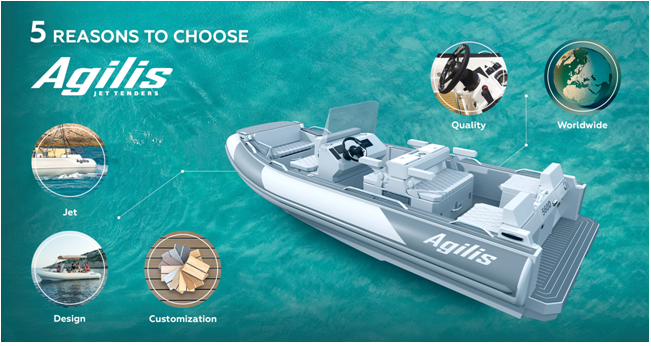How Long Does It Take To Install Commercial Solar Panels?
Timing is often one of the key concerns when installing commercial solar panels, prompting business owners to wonder “How long does it take?”. That answer depends on a range of factors ranging from the size of the system and site preparation/permitting processes to the timeframe of each step along this process. In this article, we explore these various stages and provide timelines to ensure you’re prepared for an investment in renewables.

Factors That Affect Commercial Solar Installation Time
Before beginning commercial solar installers, it’s essential to understand that multiple factors impact how long it will take. These variables include:
System Size: It typically takes longer to install larger systems; an installation spanning 100kW would involve more panels, wiring and infrastructure compared to an equivalent smaller installation such as 10kW.
Roof or Ground-Mount Type: Installing solar on roofs may involve different processes than those for ground-mounted systems due to factors like roof type, height and structural integrity affecting the installation process. This project might prove more challenging.
Site Preparation: Preparing the site may involve clearing land for ground-mounted systems or performing roof repairs on rooftop systems in advance.
Permits and Approvals: Regulatory hurdles can cause delays for projects. Therefore, they must secure all required permits and approvals from local authorities which could take weeks before beginning construction work.
Coordination With Utility Companies: Coordinating with utility companies for net metering or connecting the solar system to the grid may take extra time and require special consideration.
Weather Conditions: Temperature, rainfall or other environmental events play an integral part in how quickly installations can be completed. Extreme heat or rainstorms could impact this timetable for completion.
Phase 1: Site Assessment and Design (2-4 Weeks)
The first step of the commercial solar panel installation process involves conducting a site assessment. An installer will evaluate your building or property to identify suitable locations for placing solar arrays based on factors like orientation and angle of roof/ground surfaces; shading; as well as available space.
Once a site assessment is complete, design begins – including creating a solar panel layout to optimize efficiency while taking into account any building energy requirements. Both phases usually last two to four weeks depending on project size and design complexity.
Key Tip: At this phase, it’s wise to request an estimated timeline from your installer so you can set realistic expectations.

Phase 2: Permitting and Approvals (4-8 Weeks)
Once a design has been finalized, the next step in securing permits and approval from local authorities can take anywhere from four to eight weeks depending on jurisdictional restrictions and how quickly permits are approved. At this stage, installers work directly with local governments and utility companies to ensure their system adheres to safety and zoning regulations.
At this phase, unforeseen delays in permit approval can disrupt your timeline significantly and it’s wise to maintain communication with your installer to track permit statuses and ensure everything is moving along according to plan.
Phase 3: Ordering and Delivery of Materials (2-4 Weeks)
Once permits and approvals have been secured, an installer will order all materials needed for your commercial solar panel system, including panels themselves, inverters, mounting systems, and electrical components. Delivery can vary based on their availability; typically two to four weeks is enough time.
Supply chain disruptions may delay material deliveries to solar contractors; working with one that has access to multiple suppliers may help mitigate this risk.
Phase 4: Installation (1-3 Weeks)
Installation is often the most labor-intensive phase for commercial solar panel installations but is generally completed quickly – in as little as one week for small systems, with larger more complex installations taking more time (perhaps up to three).
Installation teams typically consist of:
Prepare the Site: Ground-mount systems may require land clearing, trenching for electrical connections and other preparative works; roof-mounted ones typically involve repairs or reinforcements being undertaken prior to their installation.
Mounting Hardware Installation: When mounting solar panels to their racking system for maximum energy production and secure positioning. Install the Racking System.
Install Solar Panels: Once all mounting hardware has been assembled, solar panels should be securely attached to a rack system and connected with inverters that convert solar energy to usable electricity.
Electrical Wiring and Connection to Grid: Your new system will be connected directly to the building’s existing electrical system as well as net metering services if applicable.
Phase 5: Inspection and Commissioning (1-2 Weeks)
After installation is completed, solar systems must be approved and inspected by local authorities and utility companies before being turned on. This ensures they were correctly installed while complying with local codes and safety standards. Once these inspections pass successfully, commissioning of the system begins and it becomes active.
Commissioning solar systems typically takes between one to two weeks depending on when an inspection can take place and be approved; once your system has passed its inspection process and been given approval by an authority figure, you are ready to reap both financial and environmental rewards from commercial solar power!
Conclusion
How long does it take to install commercial solar panels? On average, the installation process typically lasts 10-18 weeks depending on factors like system size, permitting complexity and installation complexity. By working with experienced commercial installers such as Watt Masters you can ensure the process runs as seamlessly and efficiently as possible – from initial site assessment through final inspection of installations by their experts, Watt Masters strives to deliver seamless solar solutions tailored to suit the unique requirements of businesses such as yours.
Solar energy for commercial purposes is an investment with long-term potential; with the right team in place, you should see both short- and long-term returns in terms of reduced energy expenses and carbon emission reductions.



